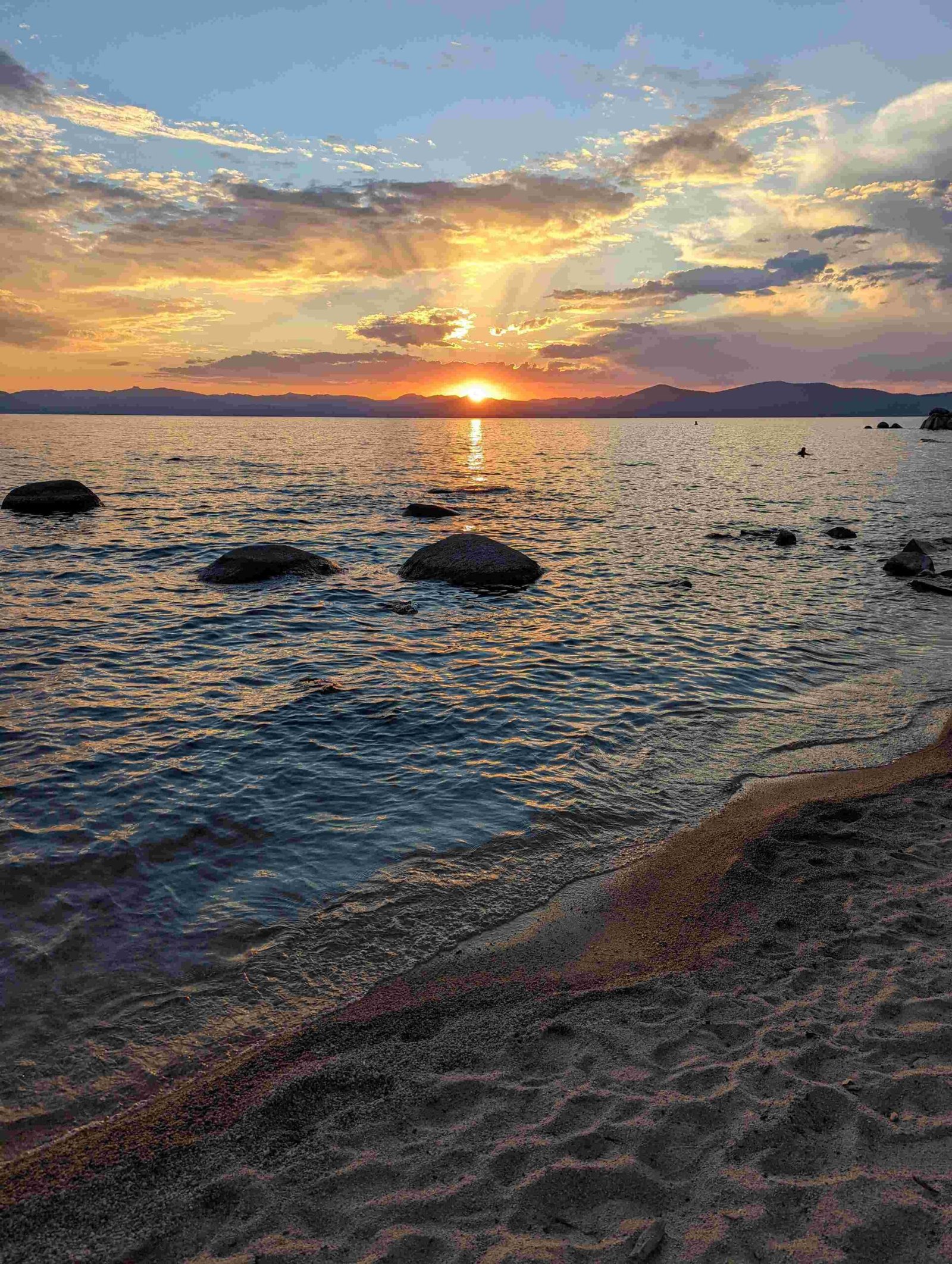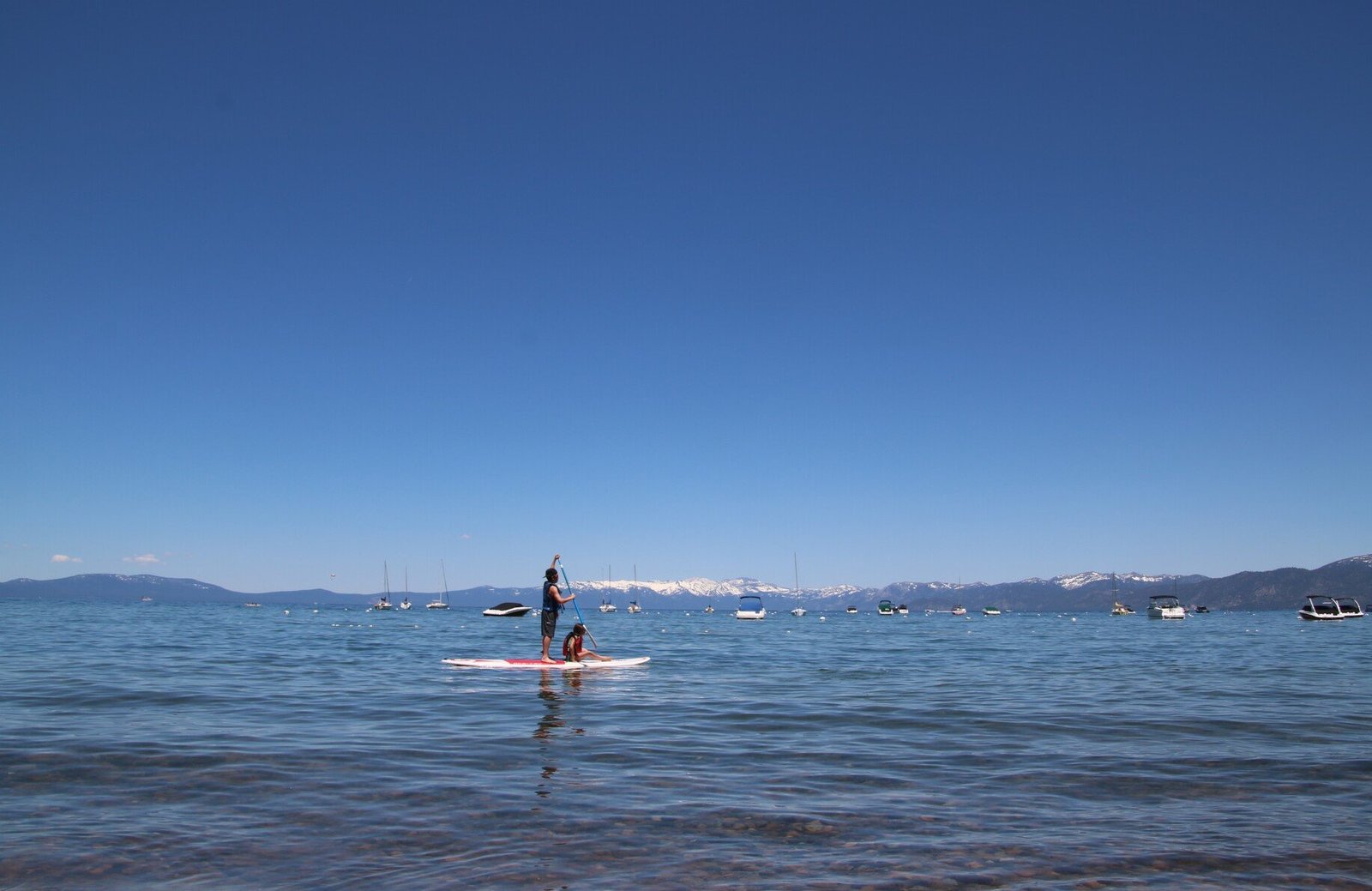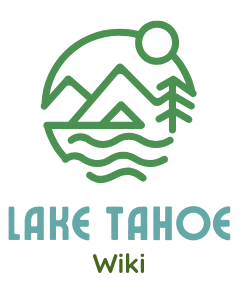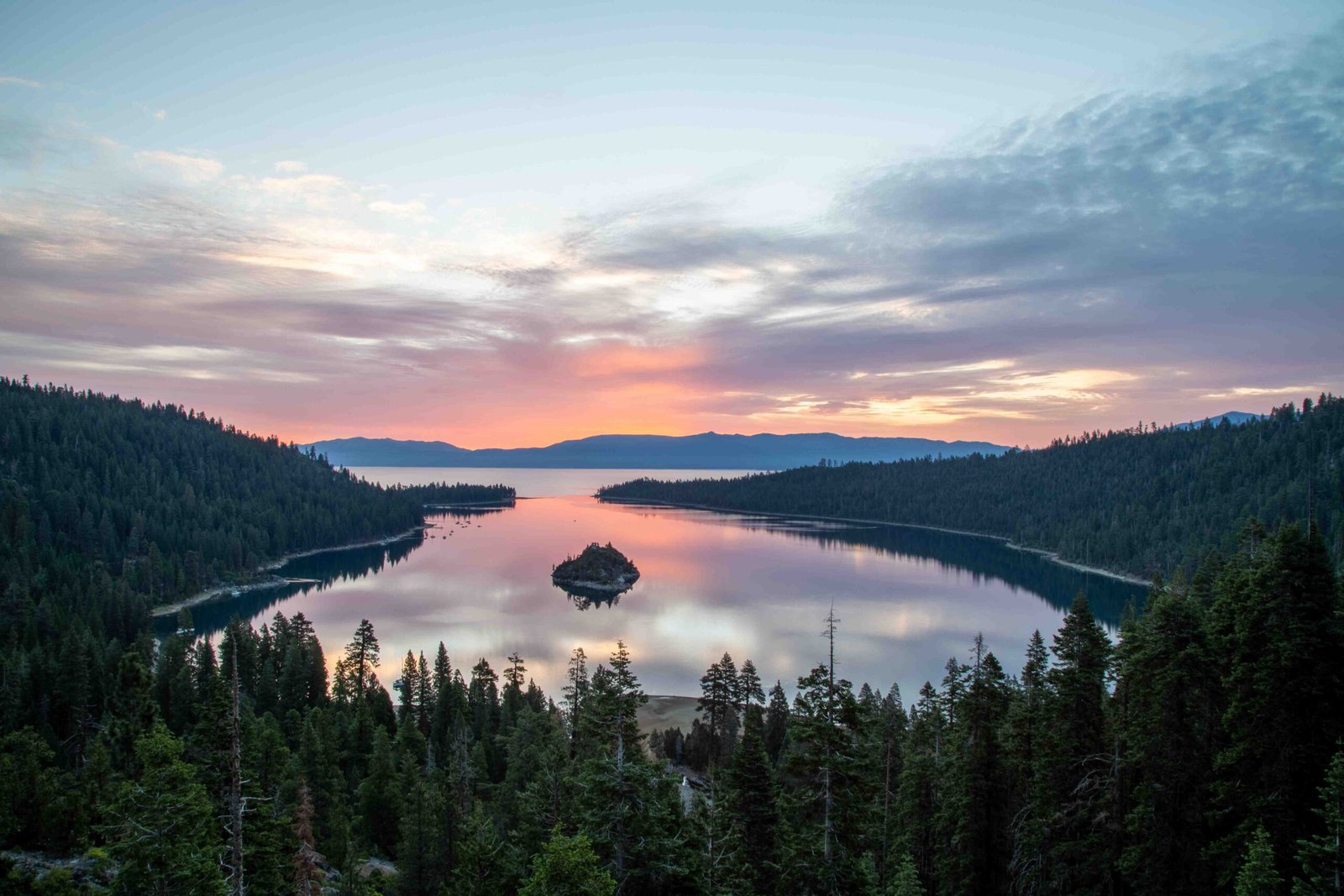Embarking on a road trip from Lake Tahoe to Great Basin National Park offers travelers an extraordinary journey through Nevada’s most stunning and remote landscapes. This adventure traverses approximately 270 miles of scenic highways, crossing diverse terrains from alpine lakes to high desert environments, presenting an unparalleled exploration of the Silver State’s hidden natural wonders.
What Makes the Lake Tahoe to Great Basin National Park Route Unique?

The route from Lake Tahoe to Great Basin National Park is more than just a drive—it’s an immersive experience through some of Nevada’s most captivating wilderness. Travelers will navigate the famous US-50, often called the “Loneliest Road in America,” which promises solitude, stunning vistas, and an authentic western adventure.
How Long Does the Drive Take?
| Route Segment | Distance | Estimated Time | Key Considerations |
|---|---|---|---|
| Lake Tahoe to Carson City | 30 miles | 45 minutes | Scenic mountain views |
| Carson City to Fallon | 60 miles | 1 hour | Open desert landscape |
| Fallon to Ely | 180 miles | 3-4 hours | Remote highway, limited services |
What Route Should You Take?
The most recommended route involves:
– Departing from Lake Tahoe’s eastern shore
– Heading south through Carson City
– Connecting to US-50 eastbound
– Traveling through small Nevada towns
– Arriving at Great Basin National Park near Baker
What Preparation is Necessary?
Essential preparation includes:
– Full vehicle inspection
– Extra emergency supplies
– Spare tire and jack
– Multiple full gas tanks
– High-clearance vehicle recommended
– Physical maps as backup
– Plenty of water and snacks
What Wildlife and Landscapes Will You Encounter?
Travelers can expect diverse ecosystems:
– Alpine forests near Lake Tahoe
– Sagebrush desert landscapes
– Potential wildlife sightings including:
* Pronghorn antelope
* Mule deer
* Sage grouse
* Various raptor species
What Are the Best Stopping Points?
Recommended stops include:
1. Carson City – Last major service point
2. Fallon – Potential lunch break
3. Austin, Nevada – Historic mining town
4. Ely – Final major town before park entrance
What Should You Know About Great Basin National Park?
Key park details:
– Elevation ranges from 5,000 to 13,065 feet
– Home to ancient bristlecone pine forests
– Features Lehman Caves system
– Wheeler Peak as primary landmark
– Limited services within park boundaries
What Challenges Might You Face?
Potential route challenges:
– Extreme temperature variations
– Limited cellular coverage
– Potential harsh weather conditions
– Long stretches between services
– High-altitude driving requirements
How to Maximize Your Experience?
Travel tips:
– Start early in the morning
– Check weather forecasts
– Carry extra water and emergency supplies
– Maintain flexible itinerary
– Have multiple navigation methods
– Respect local wildlife and environment
References:


